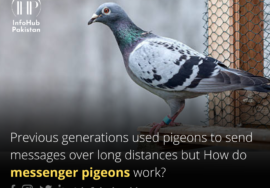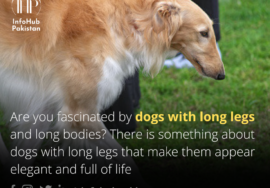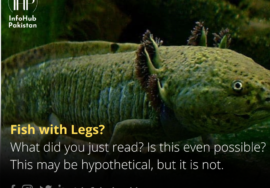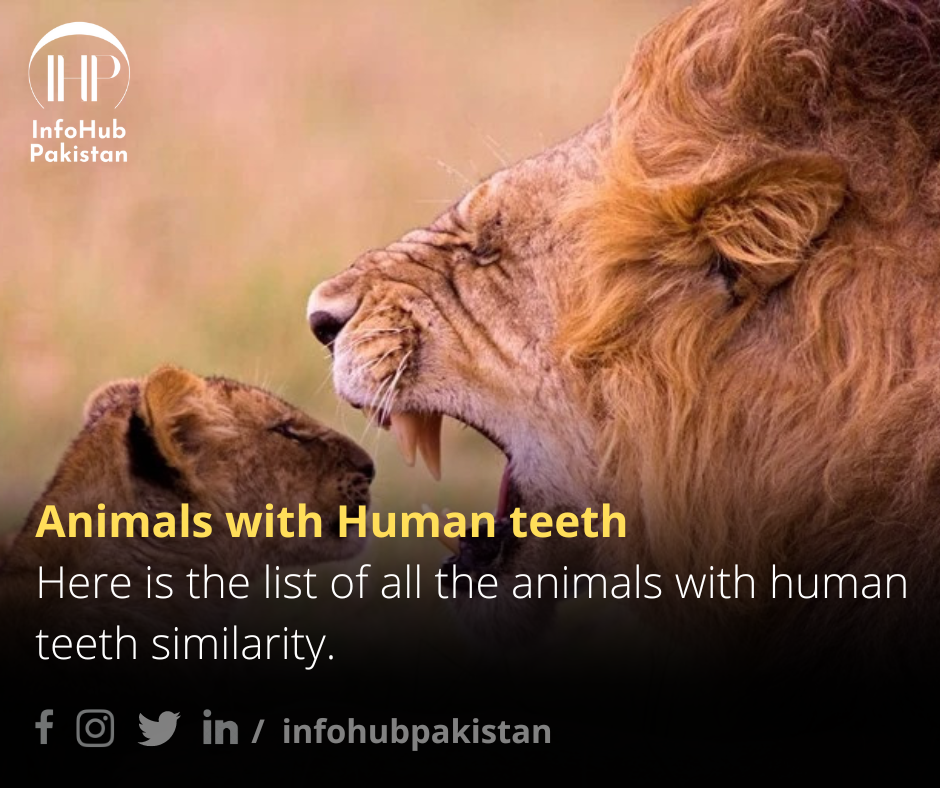
Animal with Human Teeth
As humans, our teeth are designed to break down the meat and plants we eat. Our teeth adapt to our diet and lifestyle, so we are omnivores, diphyodonts, and heterodonts. But how? We eat both plants and animals, so we are omnivores. We have 2 sets of teeth in our life, and so are diphyodonts. We are heterodonts, so have more than one type of teeth: incisors, canines, premolars and molars. Animals also have teeth depending on what they eat, but the diets of herbivores and carnivores are different from our teeth because of their teeth. There are many ways in which your teeth differ from the teeth of herbivores and carnivores. However, there are also many animals with human teeth similarity.
Human teeth vs. animal teeth:
As humans, we are considered omnivores because we eat both plants and meat. Although there are many animals that are also omnivores, such as bears and pigs. Our teeth are designed to break down the meat and plants we eat as omnivores. Animals also have teeth depending on what they eat, but the different diets of herbivores and carnivores differ from ours because of their teeth.
We use our molars for grinding and our incisors and canines for tearing and cutting into our food. Human teeth are also different from animal teeth because we get two sets of teeth in our lifetime. Some animals only get one set, like the beluga whale, and others grow more than one set throughout their life, like elephants. Additionally, we have a maximum of 32 adult teeth, including wisdom teeth. Other animals have anywhere from 0 to thousands like snails birds and turtles. However, there exist many animals with human teeth similarity. In the section below we will discuss the difference between human teeth and animal teeth and different types of animal teeth and their uses.
Difference between human and dog teeth:
Dogs are animals with human teeth similarity as they have two sets of teeth during their lifetime. The first set consists of 28 baby teeth and the adult set consists of 42 teeth. Like humans, have baby teeth, and dogs have puppy teeth. Puppy teeth are also called deciduous teeth or milk teeth. Twenty-eight deciduous teeth erupt at six to eight weeks of age, and when puppies are six to seven months old, all of these deciduous teeth are replaced by 42 adult teeth. Compared to human children, in which the process takes years, in puppies, the transition is much faster, in a matter of weeks. Puppies lose their teeth just like human children—they become loose and eventually fall down.
Adult dogs have 42 teeth compared to 32 for most people. Adult puppy teeth begin to form before birth. Adult dogs have 10 times the number of human teeth. But like humans, a dog’s teeth can be divided into four categories: incisors, canines, premolars and molars. Permanent teeth include the incisors, which are used for nipping and biting. Derived from their name, canine teeth are the most prominent in dogs. Canines, tear and cut meat. Premolars and molars are for shearing and crushing. Dogs can’t really break down their food like people because their teeth aren’t built that way.
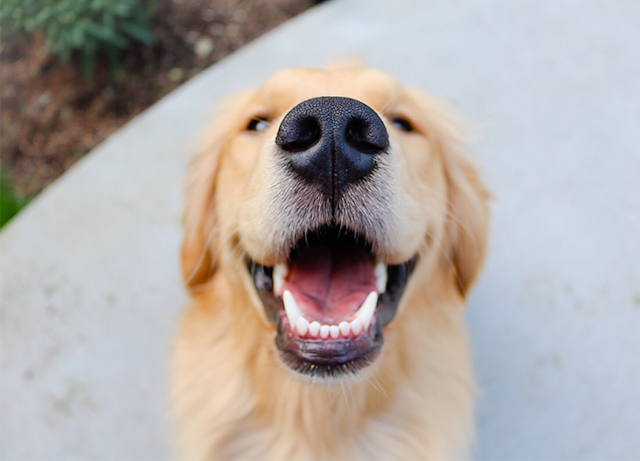
Incisors:
- Humans have 8 incisors that we use to bite into our food.
- Dogs have 12 incisors that they use to tear meat from the bone.
Canines:
- Humans have 4 canines that help us tear up food.
- Like humans, dogs have 4 canines. Canine teeth act as weapons and as tools for cutting or tearing food
- Canine root structures are similar to human root structures except that in dogs, the three upper molars have two roots, while two lower molars have three roots.
Premolars:
- Humans have 8 premolars that are basically flat with a few sharp tips. These are used for chewing our food.
- On the other hand, dogs have 12 premolars, which are used for biting or cutting food.
Molars:
- Including wisdom teeth, humans have a total of 12 molars, which are used to finely grind food.
- Dogs have 10 molars, which do the same job as human molars – grinding food
Caring for dog teeth and human teeth:
An important thing to remember is that animal and human diets are very different. Although dogs are animals with human teeth similar in sets of teeth human teeth and dogs’ teeth cannot be cared for in the same way. For example, a fluoride treatment that helps human teeth can be fatal for dogs.
Dogs generally don’t eat as much sugar as people, and the bacteria species that cause cavities are rare and different in dogs’ mouths from the bacteria in a human’s mouth due to which cavities in dogs don’t form as often. Dogs develop cavities, by sugary foods, such as bananas or sweet potatoes. Cavities in dogs are treated the same as for people, the diseased tooth structure is removed and replaced with a composite filling.
Both dogs and humans can undergo tooth decay and gum disease if their teeth are not properly cared for. Just like we need to brush and floss our teeth twice a day to maintain optimal oral health, dog teeth also need to be clean too.
Symptoms of periodontal diseases in dogs:
If you see any signs of dental or gum disease, you should consult your veterinarian for care guidance.
- Red gums.
- Bleeding gums
- Thick saliva
- Bad breath
- Facial swelling
- Plaque
- Dropping food while eating
- Favouring one side of the mouth
- Blood in water or food bowls
- Chafing the face with the paws or on the floor
Cow teeth vs. human teeth:
The cow is a herbivore (vegetarian) animal. A herbivore is an animal that gets energy by eating plants. The teeth of herbivores are mostly used to break and grind their food. There is not much difference between human teeth and cow teeth. Cows have short front teeth for cutting grass and flat side teeth that allow food to break down and for chewing. . Animal teeth used to mash plants do not need sharp teeth to cut through the meat. However, since humans are omnivores and typically eat both plant-based and animal-based foods, we have a mix of both sharp and flat teeth. So, the cow comes on the list of animals with human teeth.
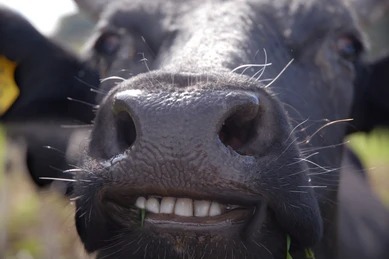
Gorilla teeth vs. human teeth:
Both gorillas and humans are primates. Humans and gorillas are so closely related, in fact, that they share 98 per cent of their DNA. Gorillas have two complete sets of teeth during their lifetime, just like humans. The first set (like baby teeth) is then replaced by their permanent set as grown-ups (adults).
Gorillas are herbivores which means they like to eat a lot of leafy greens. Diet has a strong influence on tooth evolution because different tooth sizes or shapes may be more efficient at processing different materials. Gorillas, therefore, have large teeth capable of grinding and breaking large amounts of hard material.
Gorillas are the animals with human teeth similarity as they have 32 teeth like humans. They have the same dental formula as humans, which means they have the same distribution of these different types of teeth. There are two incisors, one canine, two premolars and three molars on each side of the upper and lower mouth. Gorilla species vary in tooth size. These teeth are strong, flat and wide, and his jaws are powerful. Just like us, gorillas have molars and premolars to grind and chew their food. Adult males develop large, sharp canines as they grow.
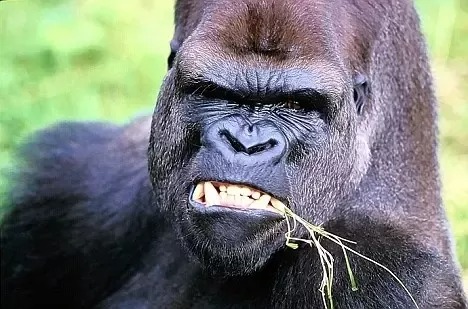
There are now two types of teeth left in the gorilla’s mouth: incisors and canines. Gorillas have incisors and canines to help them cut, tear and pull food. Their canines are used for defence against external threats, as well as to protect other male gorillas competing for power.
Early human species also had large canine teeth, but during human evolution, our teeth have become much smaller with less prominent canines. On average, male gorilla canine teeth are two inches long but female canines do not grow long.
Bear teeth vs. human teeth:
Bears are mostly omnivores, eating both plants and other animals. Like most mammals, bears are heterodonts, meaning they have a set of teeth that are a combination of different types of teeth, each with a unique function and are diphyodonts, meaning that they have a set of deciduous or deciduous teeth as children, which drop to replace through more prominent adult teeth as they grow. They are also animals with human teeth similarity as they also have two sets of teeth during their lifetime. Bears have a total of 42 teeth, ten more than humans. These teeth include four types of teeth: 10 molars, 16 premolars, 4 canines, and 12 incisors.
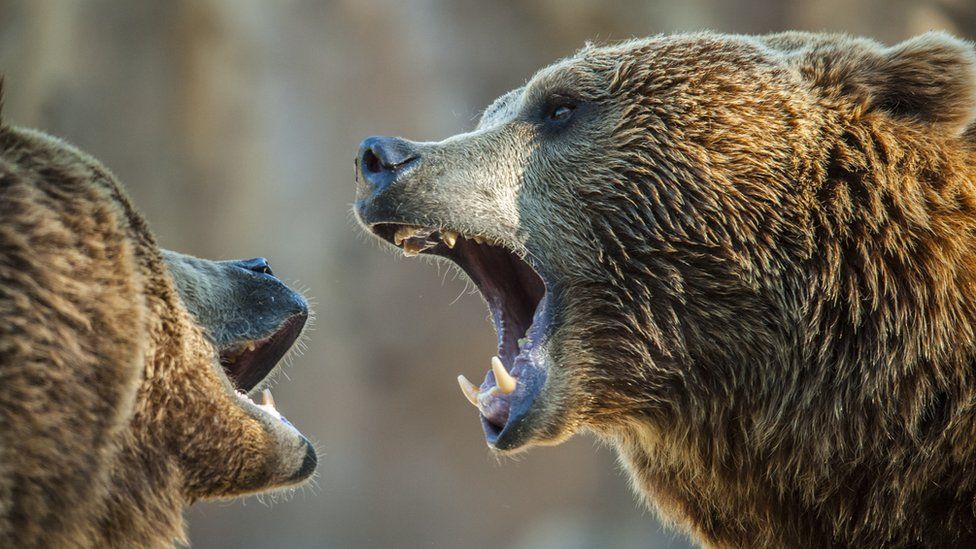
- They have very sharp incisors, which they use to cut flesh and cut through the forest floor and cut through twigs and trunks.
- They have four pointed canines that are long and sharp. The bears use them to kill their prey or tear logs.
- Bears have four premolars between each canine and molar, instead of the two most human adults have. They are mainly used for chewing and grinding food.
- They have three lower molars and two upper molars on each side of their jaw. Bear molars are more human-like than other carnivorous mammals. Bears use their molars to grind meat as well as crush nuts, seeds and bone.
There are eight different species of bear found around the world. Different species of bears have different numbers of teeth. Bears have small teeth, although they are very sharp.
Shark teeth vs. human teeth:
It might look funny to hear a shark with human teeth. Shark chompers have a particularly hard layer of tooth enamel, but human teeth are equipped with a special nano- and microstructure, which allows us to compete even with sharks. Human teeth are made up of tiny crystals and are incredibly stable in position. Sharks, on the other hand, have a flexible layer of dentin covered by a very hard layer of tooth enamel that is similar to our own, but harder.
Sharks are not animals with human teeth similarity, as we are diphyodonts because we lose our baby teeth when we are young and then get a set of permanent teeth that last our whole life. In contrast, sharks are polyphyodonts. This means that their teeth are falling out all the time and are constantly being replaced by new, even sharper teeth. Another important difference between a shark and a human mouth is the biological design for different feeding. Sharks are strictly carnivorous and do not need the flat teeth used to grind vegetation. Because humans are omnivores and we use the flat teeth at the back of our mouths to chew and grind our vegetables.

There are four basic types of shark teeth: densely flattened (nurse shark), needle-like (bull shark), downward-triangular apex (great white shark), and passive (whale shark). Humans have four types of teeth. Also present in all humans are: incisors, canines, premolars, and molars.
Unlike humans, sharks do not have cavities. Tooth decay is a condition in which the hard tissues of our teeth become damaged, and begin to break down. This is one thing that separates us from sharks because these predators do not experience tooth decay, as their teeth are covered from top to bottom with fluoride, which acts as a natural toothpaste.
Lion vs. human teeth:
Lions are also animals with human teeth similarity as they exhibit deciduous (milk) teeth when they’re born and then lose them and they get a set of permanent teeth that last their whole life. By the time they’re 15 months old, they have no baby teeth left, only the adult dentition they will carry for the rest of their lives.
Adult lions have 30 teeth and adult humans have between 28 and 32. As kids, however, humans only have 20 teeth and they are temporary, or “baby” teeth. A Lion’s total of 30 teeth consists of 12 incisors, four canines, ten premolars, and four molars.
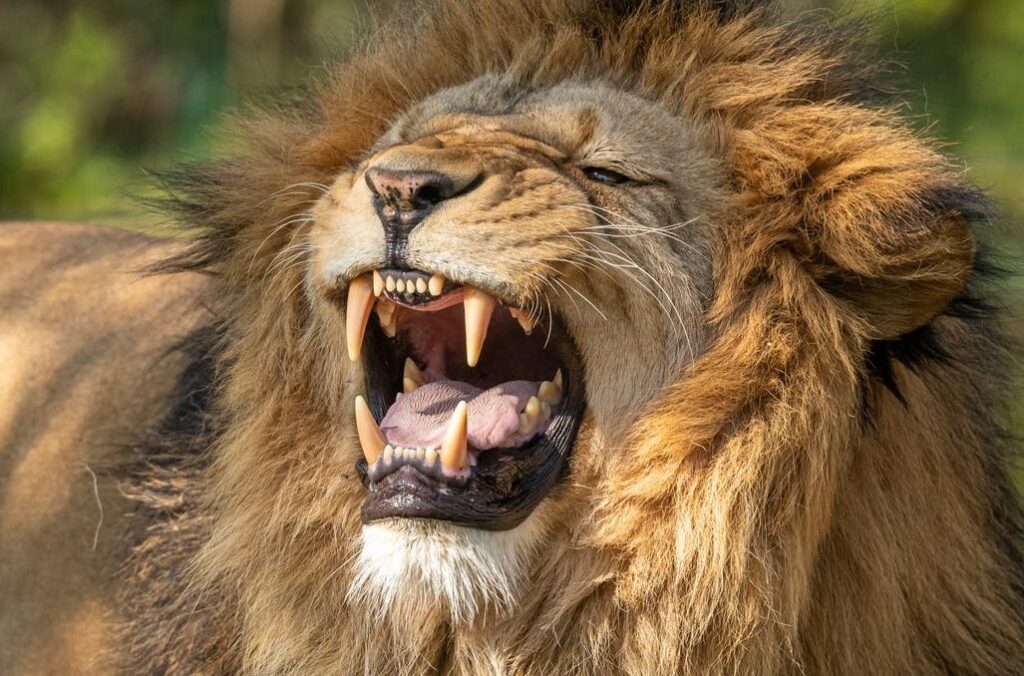
- Lions have 12 incisors; six on the top, and six on the bottom. Lions use these teeth to grab and pull food and scrape meat from bones.
- Lions have four massive canine teeth. They use these teeth to grab and hold onto fleeing prey.
- A lion’s premolars and molars do the same thing; cut meat. They are known as carnassials; They have high, sharp crowns that stick together like a pair of scissors at the top and bottom.
Humans’ flat, bumpy back teeth are used for grinding up food, especially plant material, such as vegetables, beans, and nuts. Lions don’t need grinding teeth because they don’t really chew their food. They just tear it, break it into smaller chunks, and swallow it.
Monkey teeth vs. human teeth:
Monkeys have the same dental structure and are roughly the same size as humans and many other mammals. They are animals that resemble human teeth because they are diphyodont, which means they have two sets of human-like teeth that grow in the same lifetime. After birth, monkeys will have only a few teeth, which are their deciduous set of teeth, commonly called baby teeth. As they age, these baby teeth fall out and are replaced by permanent teeth that last their entire lives. Like humans, monkeys are not born with teeth. Monkeys are also considered animals with human teeth similarity. Their teeth are similar to humans, except for sharp and long canines that curve inwards. Monkeys have a complete set of incisors, canines, premolars and molars.
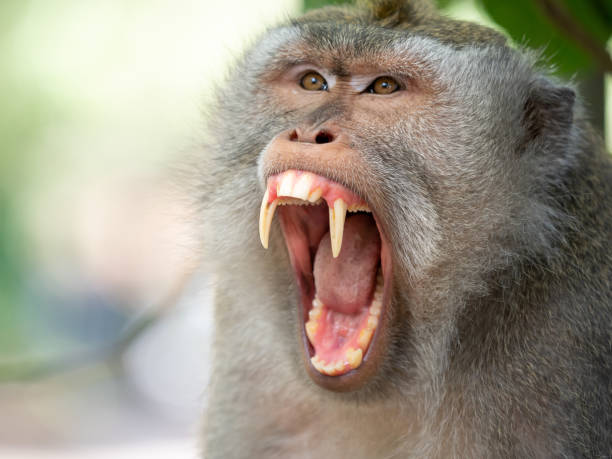
Adult monkeys have a total of 32 teeth, including 8 incisors, 4 canines, 8 premolars in the middle of the jaws, and 12 molars in the back of the mouth. These incisors are followed by a canine tooth in each quadrant. Monkeys use their incisors to extract food from trees. Canines have premolars and molars, collectively known as “cheek teeth”, and use them to grind and crush their food.
The type of teeth of monkeys varies from species to species. Human teeth are not necessarily weaker than average monkey teeth. We both have strong molars that are perfect for grinding food.
Which animal has teeth like human?
Here is the list of all animals with human teeth:
- Sheepshead Fish
- Pig
- Dog
- Giraffe
- Horse
- Bonobo
- Chimpanzee
- Western Gorilla
- Moose
- Cow
- Skunk
- Paku
FAQ:
Are animal teeth the same as human teeth?
Yes, there are animals with human teeth similarity, because many animals and humans both use our molars for grinding and our incisors and canines for tearing and biting into our food. Human teeth are also different from animal teeth because we get two sets of teeth in our lifetime. Some animals only get one set, like the beluga whale, and others grow more than one set throughout their life, like elephants.
Which animal has the same number of teeth as humans?
Giraffes and gorillas are animals with human teeth similarity as they have the same number of teeth as us humans, 32 teeth. Giraffes, do not have upper front teeth and most of their teeth are in the back of their mouths.
Are dogs' teeth the same as humans?
Adult dogs have 42 teeth while humans have 32. Adult puppy teeth begin to form before birth. Thus, the makeup and chemical structure of dog teeth are similar to human teeth, but the size and shape of dog teeth are different from those of humans. A dog’s most prominent teeth are the long and pointed canines.
How does the cat's dentition compare to human dentition?
While cat teeth look quite different from the pearly white teeth of humans, both humans and cats are diphyodont animals. This means we have two consecutive sets of teeth. A cat’s teething timeline is a bit faster than a human’s. Afterbirth cats have 26 baby teeth and get 30 permanent teeth as they age. In contrast to cats, humans have 20 baby teeth and 32 permanent teeth.
Which animal has teeth like human?
It depends on the teeth. Rats and mice have cheek teeth (molars) like ours. What we all have in common are omnivores. Of course, mice and rats have very different front teeth than ours. True carnivores and herbivores have very different teeth than we do. However, there are also many animals with human teeth similarity.

